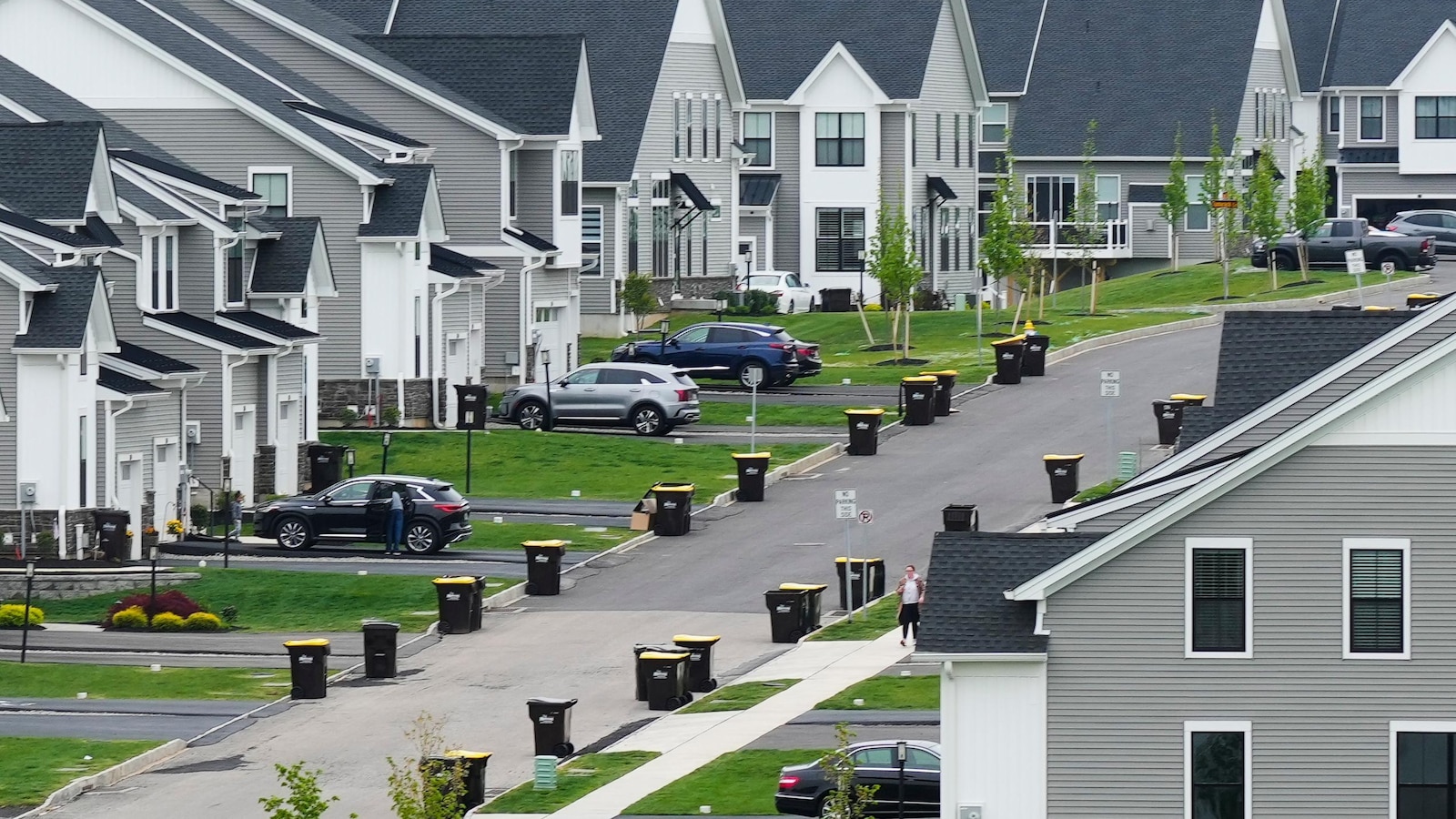WASHINGTON — The average rate for a 30-year U.S. mortgage increased for the second consecutive week, following a period of declining rates that had brought borrowing costs to their lowest point in nearly a year.
According to mortgage buyer Freddie Mac, the average long-term mortgage rate rose to 6.34% this week, up from 6.3% last week. This time last year, the rate stood at 6.12%.
Mortgage rates are affected by various factors, including decisions made by the Federal Reserve regarding interest rates and the expectations of bond market investors regarding economic growth and inflation. Typically, these rates align closely with the performance of the 10-year Treasury yield, which lenders use as a benchmark for setting home loan prices.
As of midday Thursday, the 10-year yield was at 4.10%, a decrease from 4.19% at the same time the previous week. This decline has primarily occurred recently, influenced by disappointing reports about the U.S. economy, particularly concerning the job market.
Mortgage rates began to decline in late July, ahead of the Federal Reserve’s anticipated decision last month to lower its main interest rate for the first time in a year, amid increasing concerns about the job market.
However, Fed Chair Jerome Powell has indicated a more cautious stance on future interest rate cuts, contrasting with other members of the Fed’s rate-setting committee, particularly those appointed by former President Donald Trump, who advocate for more rapid cuts.
The housing market has faced challenges since 2022, as mortgage rates escalated from historic lows. Sales of previously owned U.S. homes fell to their lowest levels in nearly three decades last year. Current sales are trailing behind levels from this time in 2024.
The ongoing increase in rates may suggest a repetition of events from the previous year following the Fed’s initial rate cut in over four years. At that time, mortgage rates decreased for several weeks before rising again, ultimately surpassing 7% in mid-January of this year.
Similar to last year, the Fed’s recent rate reduction does not guarantee continued declines in mortgage rates, even as the central bank hints at more cuts on the horizon.
Nonetheless, the recent decrease in mortgage rates during late summer has prompted many homeowners who purchased their homes when rates exceeded 6% to consider refinancing.
For refinancing to become a viable option for a broader range of homeowners, rates will need to drop below 6%. Currently, around 81% of U.S. homes have mortgages with rates of 6% or lower, as reported by Realtor.com.
Economists predict that the average rate for a 30-year mortgage will remain in the mid-6% range throughout the year. Additionally, borrowing costs for 15-year fixed-rate mortgages, which are popular among those refinancing their loans, also rose this week, increasing to 5.55% from 5.49% the previous week. A year earlier, the rate was 5.25%, according to Freddie Mac.












